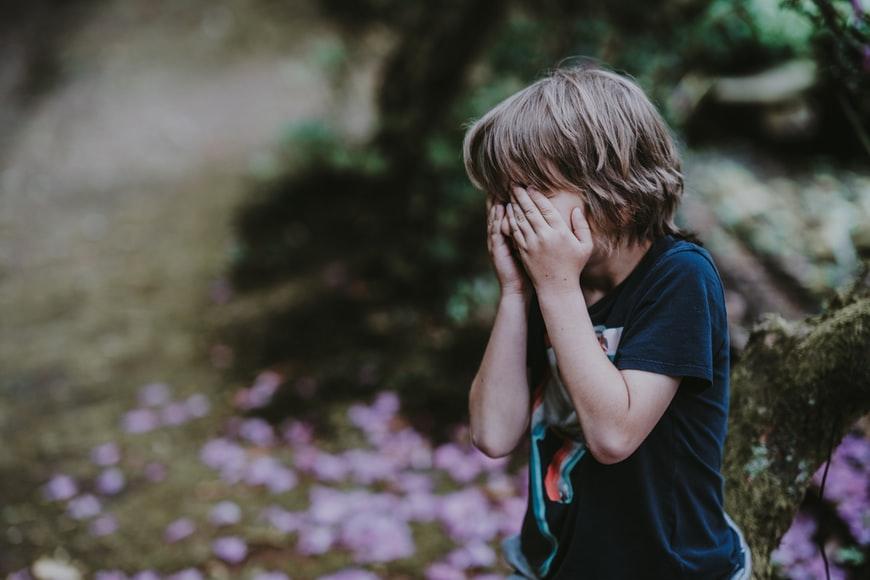In a recent ABC News report, a national state of emergency has been declared for children’s mental health by the American Academy of Pediatrics, the Children’s Hospital Association, and the American Academy of Child and Adolsecent Psychiatry.
According to the report, the Covid-19 pandemic has taken a rather grim toll on children’s mental health.
Young people are facing more isolation, fear, grief, and uncertainty than usual.
Of course, young people in the United States were facing mental health issues before the pandemic. But the Covid lockdown, the deaths, and everything else going on in regards to the Coronavirus and the effect it’s having on everyday life, has pushed this issue even further.
Shocking Statistics On Children’s Mental Health
Mental health ER visits have reportedly jumped up 24% for kids ages 5 to 11 (this occurred between March and October of 2020). Plus, mental health ER visits also increased 31% for children ages 12 to 17.
Another frightening statistic tells us that from early 2019 to early 2021, there has been more than a 50% increase in ER visits for ‘suspected suicide attempts’ in girls, ages 12 to 17.
Plus, more than 140,000 children in the U.S. have been directly impacted by the loss of a primary or secondary caregiver as a direct result of the pandemic.
What Do These Statistics Tell Us About Children’s Mental Health?
So, what does all of this mean?
How bad is it, and what can be done to help children cope with all of this pressure?
These are good questions.
How To Help Children Cope With Mental Health Issues
According to the National Association of School Psychologists, there are a number of steps that parents and educators can take to help support mental health in children and students.
Some of these steps include:
- Instilling within them a sense of belonging
- Promoting resilience
- Helping them to develop competencies in life
- Ensuring that every child has a safe and positive school environment
- Teaching and reinforcing positive behaviors and decision making
- Encouraging students to help other students
- Encouraging good physical health
- Educationg parents, staff, and students on the symptoms of mental health issues
- Ensuring that there’s support for mental health for students and children
- Establishing a crisis response team
- Providing a continuum of mental health services
Now, if you think that all of this sounds rather ‘official,’ you’d be correct.
There’s a lot to unpack in those points.
But at the end of the day, it’s important to remember that children don’t often feel like they have much control over their lives.
And they struggle even worse when they don’t feel like they have safety and support built-in at home.
Parents play a massive role in supporting children and helping them to feel safe.
So some additional tips for parents could be:
- Make sure to listen to your child
- Sit down with your child every day just to have a conversation
- Try to be involved in your child’s life
- Be on your child’s team, and let them know that you support them
- Be gentle; children need leadership and guidance, but they also need love, understanding, and encouragement












